
- Proofreading & Feedback
- Book An Hour Consultation

University Applications
- Poster Review
How it Works
- Proofreading & Feedback
- CV/Cover Letter
- Presentation/Poster
Book An Hour
Our bespoke academic services, contact us today. .
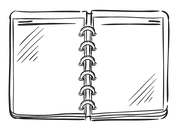
Proofreading & Feedback
Theses, Dissertations, Essays

Personal Statement, Statement of Interest
Research Proposal

CV/Resume Check
Tailored for job/university application

Presentation/Poster Review
Conference/Research Posters
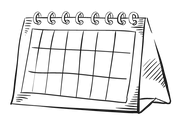
Mentorship with Dr AY
1-1 Academic Mentoring, Essay Support,
Career Guidance
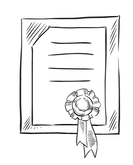
PhD Viva Prep, Essay Planning, Career Support, Mock Interview Prep
Prices quoted below are for the standard 48 hour return service.
For 24 hour return, a surcharge of 25% will be added. for 4 hour return, a surcharge of 75% will be added., 1. proofreading & feedback (yes, all-in-one).
£28 per 1000 words
This includes checks of:
- English spelling mistakes + typos
- Grammar + punctuation
- Choice of academic words
- Academic tone + voice of text
- Quotations + in-text referencing
- Abbreviations
Feedback may include:
- Paragraph structure and layout
- Style of results discussion
- Sentence clarity
- Original insight + argument
- Introduction/conclusion summaries
- Relevance of context

we always use word track changes
So you can see our every step.

Ready to reach your potential?
2. university applications.
£60 (1-2 page document, approx. 1000 words)
This service includes full proofreading, in addition to tailored feedback
Your personal statement or statement of purpose is the first impression that an admissions tutor, supervisor or selection committee gets of you. Your PageDoctor will ensure that your personal statement presents your skills & academic intentions accurately, showing your promise for your desired course.
Your editor is highly experienced in writing, editing and reviewing personal statements, particularly for competitive university courses.
we want you to be accepted into your desired university course
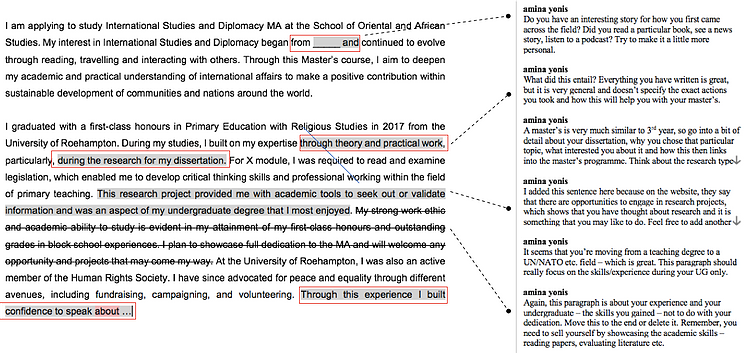
- missing information
- strengthen content
- academic background
- application requirements
- focus of section
- paragraph transition
Ready to reach your potential? Contact us today.
3. cv check.
£60 per CV / Resume
Your editor will ensure your CV stands out from the crowd, increasing your career success. Your PageDoctor will ensure that your CV presents your skills, experience & academic record tailored for specific job openings. A CV should always be reviewed to suit each independent application, highlighting your key skills relating to the job.
Feedback will focus on content, job relevance and layout.
4. Poster Review
£80 per poster (up to size A0)
A poster is an important communication tool that needs to do the talking for you through the design, images and structure. Your PageDoctor will ensure that your poster presents your research & findings effectively.
Feedback will focus on content and layout/flow.
we want your poster to stand out amongst the crowd
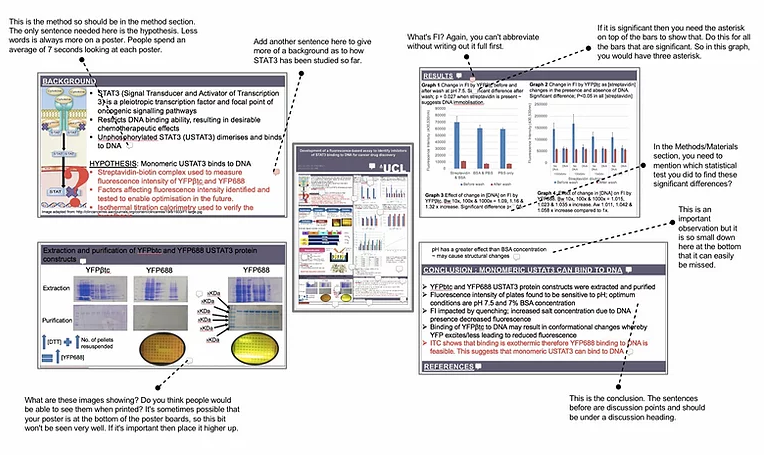
5. Mentorship with Dr Yonis
£3500 per academic year (spaces are limited)
Mentorship with Dr Yonis represents tailored, in-depth and continuous support, like a university tutor, but better. Dr Yonis completed her studies at three top universities in London, King’s College, Imperial College and University College. She has taught, lectured and mentored hundreds of students, making her highly experienced with academic requirements and rigour.
For those that want individualised support and guidance throughout the year, this package is for you.
It includes the following:
2 x 1 hour call before each assignment (to find literature, identify essay structure, content and plan)
CV and personal statement editing
Proofreading & Feedback for assignments
Unlimited email mentoring
Career support
6. Book An Hour Consultation
£100 per hour
You can book an hour online consultation for individualised support and guidance for a specific academic task. This package is the most tailored option for you. You will be booked in with our top Page Doctor consultants. Our consultants have years of experience mentoring students at university level and are post-doctoral researchers.
Our most popular requests are:
Assignment Planning
All you need to provide is an essay title and we’ll help you plan. We also run a literature search with you, to help you find relevant papers to include in the essay. This can include planning an essay, a literature review, a research proposal or to finalise your methodology.
PhD/Master’s Practice and Mock Interview Preparation
Provide us with your cover letter and we will run through some questions that you will be asked on the day. The preparation with us will help you clean up your answers and ensure you secure the position that you deserve.
Not sure what else we offer? Drop us a message below.
Please note, all bookings are subject to a non-cancellation policy due to the nature of pre-scheduling a consultant. Failure to attend the pre-booked session also results in loss of payment.
Ready to reach your potential? Contact us today.
Please enter your final written word count
Service Required Proofreading & Feedback University Applications Book An Hour CV Check Poster Review Mentorship with Dr AY
Return Date 48 Hours Standard 24 Hours Express 5 Hours Express
Upload your document to get an instant quote
Drag & drop your file
Or click here to browse your computer
Upload document
Tailored Support for your academic needs
Stay Connected
Your Document Successfully Uploaded.
You can also upload a document to get an instant quote
Document send successfully

IMAGES
VIDEO